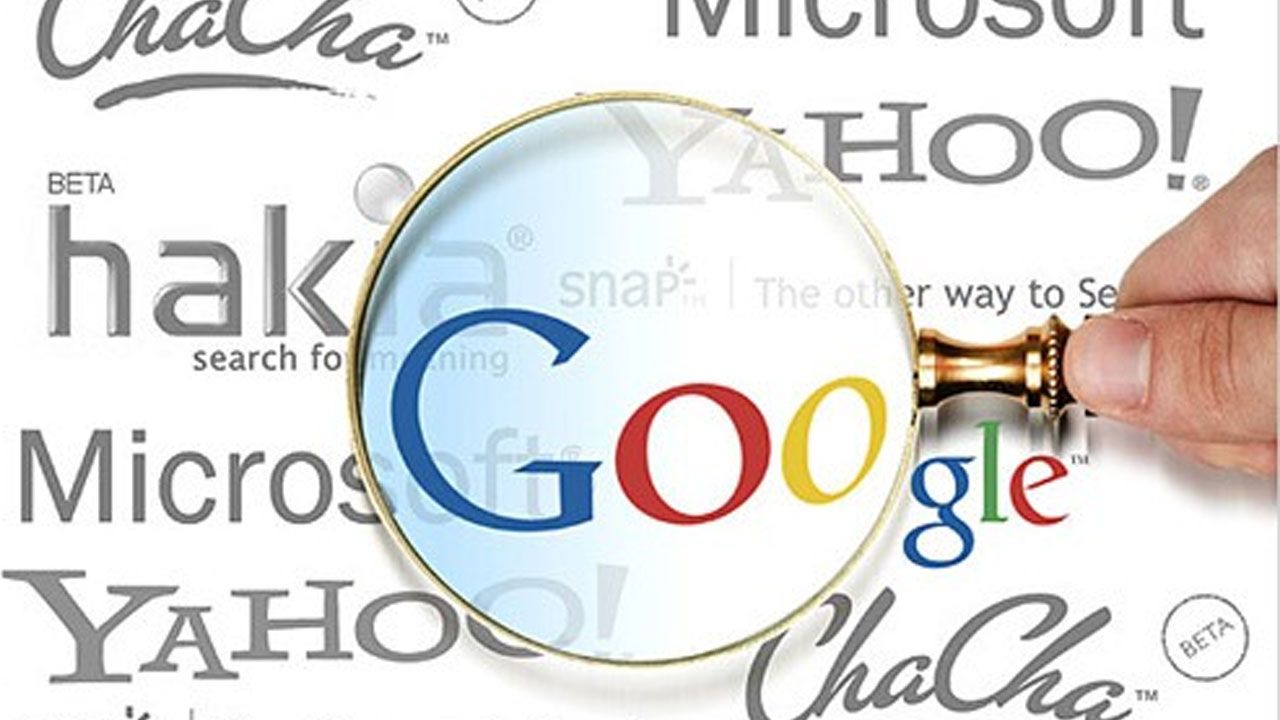Blog
SEO 101: 3 Must Haves to Be Recognized By Google
September 4, 2014
Posted by: Grant Owens
We all know that search engines--specifically Google--run the online world. If your content is not “searchable,” you will never be found by the Internet-browsing public.
What you may not realize is that the Google bots don’t see your website the way you do. While you might see gorgeous video, perfect pictures, and fun flashing GIFs, Google will see a big ol’ blank. And that’s a good way to stay hidden online.
So, what are the basic things you need to make sure your site is visible to the bots?
Indexable Content
Flash files, images, Java applets, and other non-text content is often overlooked by Google. The crawlers are getting more sophisticated every day, but for the time being, all of your most important content should be text.
Of course, visual content is more valued by actual Internet users, even if the bots don’t recognize it. Luckily, there are a few ways to still use visual content like pictures, infographics, and video, while still being easily found by the spiders
-
Assigning HTML “alt attributes” to images will give the bots some text they can actually understand.
-
Supplement any Flash or Java content with text on the page. A good rule of thumb for indexability is about 300 words on a page.
-
If you video or audio has important keywords, consider including a transcript on the page. While few people will read it, it will guarantee your premium content is found during searches for those keywords.
Internal Links
Google spiders work by following links to find new pages throughout the web. A good inbound link strategy is important to getting your site recognized by Google.
But, building internal links is also important to making sure all of your content can be found. For example, right now, we’ll insert a link about the importance of keywords in SEO strategy. When Google finds this page, the bots will follow that link to our article on keywords. Voila. No orphan content.
LIke the indexable content above, links should be in standard HTML to be followed.
Keywords (Again)
We’ve already talked about keywords, of course. (See the link above!)
But, there are creative ways to slip more keywords into your searchable content, without shoving them down the readers’ throats.
1. Title Tags
The title tag is a short description of the page’s content. It helps the user understand what they’re getting, but it also increases search visibility.
Title tags should be relatively short (65-75 characters), and important keywords should always be close to the front to make them more searchable.
This is also a great branding opportunity, so don’t hesitate to put your name or brand in the title tag as well.
2. Meta Description
The meta description is another short explanation of the page’s content. This one isn’t searched by the robots for keywords, but it is what Google uses for the short snippet below your URL in search results. A good meta description convinces users to click on your link.
Think of meta descriptions as advertising copy. Keep them short (around 160 characters), and craft a compelling description to lure more click-throughs.
Honestly, SEO can be confusing and time-consuming. At DevDigital, we have SEO experts who already know all the ropes and can help you get your site optimized and ready to be searched. Give us a call.
